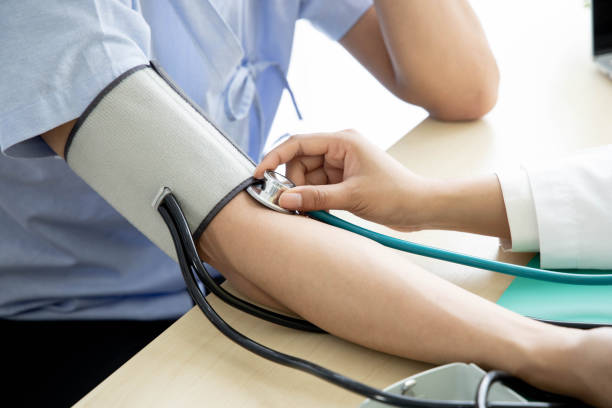The #1 Rated Blood Sugar Formula
Portal Hypertension

What is portal hypertension?
Portal hypertension is increased pressure in the portal vein system. The portal vein is the main vein that leads to the liver. The most common cause of portal hypertension is cirrhosis (scarring) of the liver.
What causes portal hypertension?
The most common cause of portal hypertension is cirrhosis or scarring of the liver. Cirrhosis occurs as a result of healing liver damage caused by hepatitis, alcohol abuse or other causes of liver damage. In cirrhosis, scar tissue blocks blood flow through the liver and slows its processing functions.
Portal hypertension can also be caused by a thrombosis or blood clot that develops in the portal vein.
What are the symptoms of portal hypertension?
- Enlargement of the liver and spleen.
- Enlarged veins (varices) of the esophagus and stomach. ...
- Internal hemorrhoids.
- Loss of weight due to malnutrition.
- Accumulation of fluid in the abdomen (ascites)
- Disordered functioning of the kidneys
- Low platelet levels
- Fluid on the lungs.
- Physical examination
- Blood tests
- Angiogram.
- Ultrasonography
- Endoscopy.






